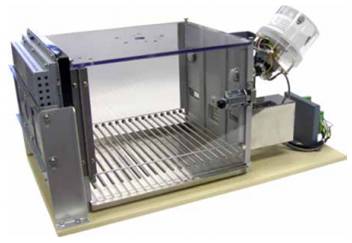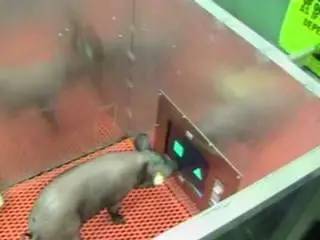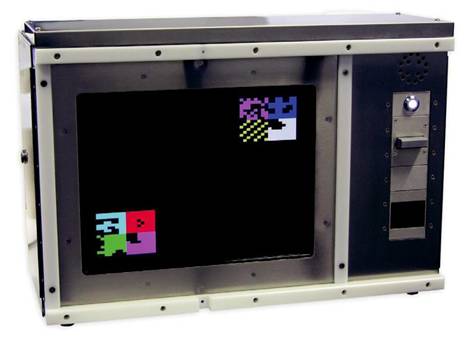The Conditional Behavior Box (aka Skinner Box) was created by BF Skinner in the 1930s as a typical instrument designed to study operational conditioning, and is therefore called an operational conditioning test chamber. It is not only used to study animal behavior, but is also widely used in brain and behavioral science research, such as stimulating or damaging certain parts of the brain, the effects of certain drugs on animal behavior, combined optogenetics, electricity Physiological studies of all emotional neural circuits and other standard operating tasks (such as basic operational behavioral studies, pharmacokinetic dependence experiments, self-administration, etc.) for efficient rodent cognitive assessment. 1. Morris Water Maze The water maze is currently recognized as a method for evaluating spatial learning and memory functions: a round container of water and a platform. 2, the market / open field <br> to evaluate the animal's inquiry behavior, tension and athletic ability in the new environment: according to the size of the animal to design different sizes of square box animals between the avoidance and curiosity Walking causes animals to develop anxiety 3, forced swimming <br> evaluation of animal depression level composition: transparent bucket survival drives the animal to swim, struggle, trying to escape the current environment. But after trying, I still can't get rid of it, so I give up. 4. Three-chamber social interaction <br>Evaluating the social composition of animals: divided into three regions, in which metal cages with strange/familiar mice on both sides are used to evaluate the social preferences of animals by comparing the time of proximity to strange/familiar mice. Skinner box The fully modular operating box can be selected from the operating box with or without foot electric stimulation, as well as a touch screen operator box for testing of cognitive and operational behavior. Optional stimulation and behavioral components include pure tone stimulation, intensity-adjustable sound stimulation, white noise stimulation, intensity-adjustable light stimulation, liquid rewards, particle rewards, nasal detection, standard or thickened bar operation, head Enter monitoring and so on. Basic module Module function All components can be optionally installed according to experimental requirements Cabinet function Upgrade touch screen Skinner box The system also provides a variety of standard paradigms, including the habits and graphics necessary for a complete set of tasks, allowing animals to meet standards in specific applications while collecting and analyzing data. The standard task examples provided can be directly translated into established monkey and human touch models*. So far, there are a variety of interface systems and behavior control software packages available on the market. However, only ABET II provides a customizable software system for users without any programming experience. Double Choice Pair/Visual Discrimination Reverse Two-choice Pairwise/Visual Discrimination Reversal (PD) Paired Link Learning (Paired Associate Learning (PAL) Visual motion condition learning Visuomotor Conditional Learning (VMCL) Extend Extinction (EXT) 5-Choice Serial Reaction Time (5CSRT) when selecting a sequence reaction Trial-Unique Nonmatching-to-Location (TUNL) Self-forming Autoshaping (AUTO) Location Discrimination Learning (LDL) Adapt to all kinds of experimental animals 1, mouse 2, rat 3, pig 4, primates This year, a new publication (partial) was published: AlzheimerDisease Alzheimer 's Research 1. McKee, SE, Grissom, NM, Herdt, CT, & Reyes, TM (2017). Methyl donor supplementationalters cognitive performance and motivation in female offspring from high-fatdiet–fed dams.  The FASEB Journal , fj-201601172R. 2. Higa, KK, Young, JW, Ji, B., Nichols, DE, Geyer, MA, & Zhou, X. (2017). Striatal dopamineD1 receptor suppression impairs reward-associative learning.  Behavioural brain research ,  323 , 100-110. Parkinson's Disease ... Parkinson Research 1. Wicks, B., Waxler, DE, White, KM, Duncan, N., Bergmann, J., Cole, RD, ... & Bangasser, DA(2017). Method for testing sustained attention in touchscreen operant chambersin rats .  Journal of Neuroscience Methods ,  277 , 30-37. 2. iga, Kerin K., Jared W. Young, Baohu Ji, David E. Nichols, Mark A. Geyer, and Xianjin Zhou. "Striatal dopamine D1 receptor suppression impairs reward-associativelearning."  Behavioural brain research  323 (2017): 100-110. Autism ... Autism Research 1. Shin, YJ (2017).  Increasedneuroinflammatory signaling and memory deficits caused by early-life ethanolexposure and the potential benefits of anti-inflammatory treatment  (Doctoral dissertation, The Ohio State University). 2. Copping, NA, Berg, EL, Foley, GM, Schaffler, MD, Onaga, BL, Buscher, N., ... & Yang, M. (2017). Touchscreen learning deficits and normal social approach behavior in the Shank3B model Of Phelan–McDermid Syndrome and autism.  Neuroscience ,  345 , 155-165. Anxiety... Depression Research 1. Khan, A., De Jong, LA, Kamenski, ME, Higa, KK, Lucero, JD, Young, JW, ... & Powell, SB (2017). Adolescent GBR12909 exposure induces oxidative stress, disruptsparvalbumin-positive interneurons , and leads to hyperactivity and impulsivityin adult mice.  Neuroscience ,  345 , 166-175. 2. McKee, SE, Grissom, NM, Herdt, CT, & Reyes, TM (2017). Methyl donor supplementationalters cognitive performance and motivation in female offspring from high-fatdiet–fed dams.  The FASEB Journal , fj-201601172R. Frozen Seafood Mix,Mixed Seafood Bags,Frozen Seafood Mix Bags,Frozen Seafood Cocktail Zhoushan Haiwang Seafood Co., Ltd. , https://www.haiwangseafoods.com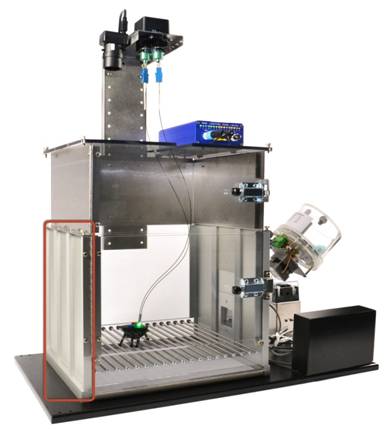

The classic water maze detects that the animal learns to find a hidden platform at a fixed position in multiple trainings to form spatial position recognition and spatial reference memory. 
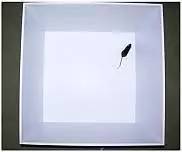


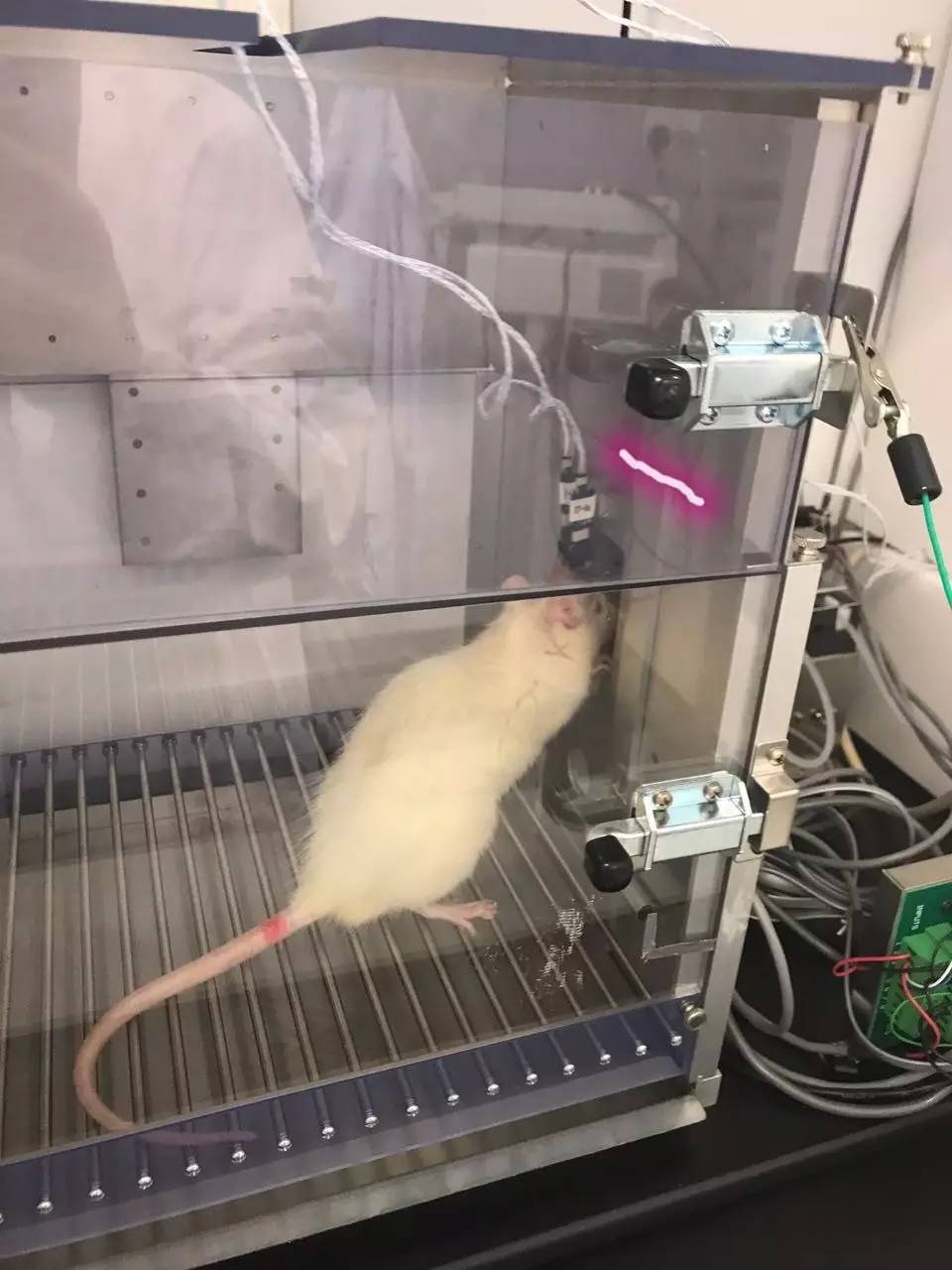

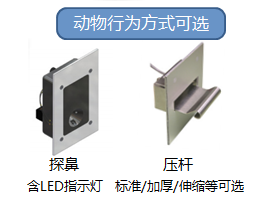
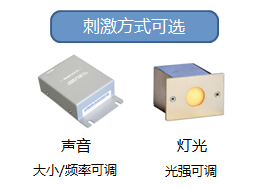
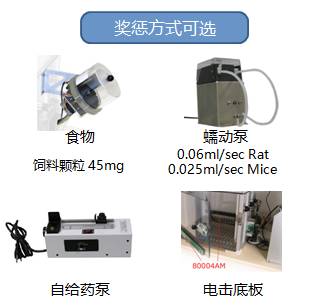
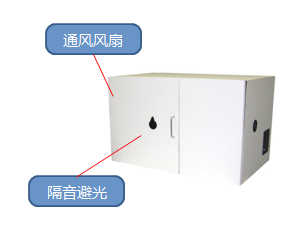




Common tasks that can be performed are:
Learning to recognize two simultaneous displays of one of the graphics is correct. Touching the correct stimulus (S+) will reward the food, and touching the wrong stimulus (S-) will be punished by timeout. Once the task is over, the stimulus will be reversed and the S+ stimulus will become S-stimulus and vice versa. This reversal learning process requires inhibition of the dominant response and is dependent on the prefrontal cortex.
In humans, a similar task can be used for efficient early detection of Alzheimer's disease. In the PAL task of rodents, three objects appear in three spatial locations, and the animal learns and remembers one of them. In the given experiment, two different objects appear, one in the correct position and the other in the wrong position, and the animal must select the one in the correct stimulation position. This task is sensitive to cholinergic transmission and can manifest hippocampal dysfunction and is able to distinguish between glutamate and acetylcholine receptors in the hippocampus.
Habits and stimulating reaction tasks, rodents learn a rule that if graph A appears, it responds to the left area; if graph B appears, it responds to the right area. This type of test is sensitive to dorsal striatum damage and can therefore be associated with Huntington and Parkinson.
This task is simple but powerful. Like a reversal test, it is a behavioral inhibition test, but for different needs. In fact, some animals form a fixed cognition in the reversal test, but there is no regression, and vice versa. Animals need to respond to the white squares appearing in the central window to get rewards. After reaching a certain standard, the response fade test is performed. At this stage, the response to the animals is no longer rewarded.
Rodents are required to respond to transient visual stimuli occurring at random 1 position in 5 locations, which is sensitive to cortical layer processing capabilities, particularly those involving prefrontal cortex and highly dependent cholinergic transmission.
TUNL can be understood as another version of delayed non-matching-to-place (DNMTP). In DNMTP, the image appears in a sample position, followed by a delay, appearing in the example position (incorrect, S-) and a no Match position (correct, S+). DNMTP has been shown to be vulnerable to non-spatial mediation strategies. TUNL eliminates the use of multiple, trial-unique locations to prevent the use of mediation strategies. When the two locations are squatting together, the animals with dorsal hippocampal damage or reduced hippocampal neurogenesis will be damaged, but not far away. This feature also exquisitely presents sensitivity to hippocampal dysfunction and the simultaneous development of memory and module separation tasks in the hippocampus.
The task measures the Pavlov response to the screen. This is a quick and simple classic conditioning implementation test that relies on a reward system focused on the ventral striatum. A white vertical rectangle appears on one side of the reward tray, and one side of the touch always allows food rewards and the other side has no rewards. The reward does not depend on the proximity of the screen, and the approach to the screen is measured by an infrared detector on either side of the food tray.
Rodents require two white squares to be distinguished from the screen. A response to the square on one side of the screen will be rewarded, while a response to the other side will be penalized during the timeout period. The distance between the squares is different in different experiments. When the position is next to each other, the animal damaged by the dorsal hippocampus will be damaged, but not when it is far away. 
